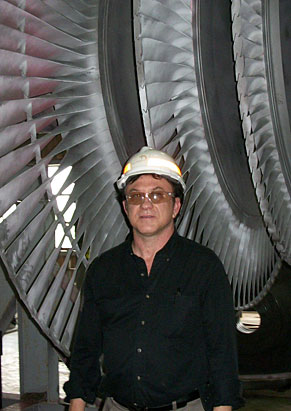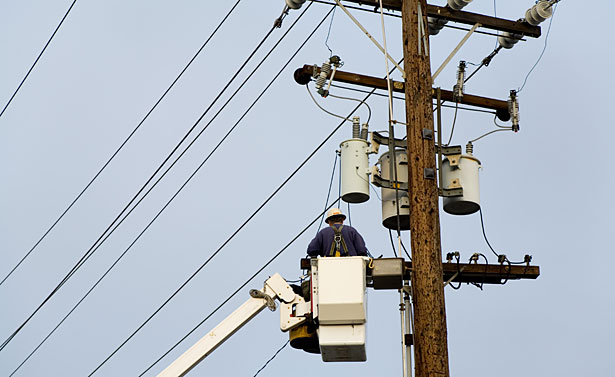Are blackouts on the rise in the US? And if so, why?
Larry Hunter: Blackouts are on the rise worldwide. Countries such as China are investing in more grids as they are acutely aware that taking their grid down can substantially weaken them. In the United States, most of our power grid and power plants were built in the 1950’s, so our infrastructure is aging to say the least. Power still mainly comes from old coal fire plants, and transformers are 60 years old on average. Most of them were designed to last about 20 years.
Is something being done?
In 2003 the large blackout in the northeast of the US, a densely populated area, raised a lot of attention to the topic. Since then there have been some initiatives on smarter grids, but generally, we are still struggling with our aging infrastructure.
You work mainly work with large corporate clients. How do they approach this issue?
Think of a glass or metal plant. When their raw materials such as liquid glass are heated up and a power outage occurs, the extent of the damage can be substantial. As engineers, we help our clients look at what areas of the production need to be considered what are called “critical loads”. Those aren’t always hot works. For instance, in a semi-conductor factory where cleanliness is essential, the cleaning facilities might be a “critical load”. These need to be backed up by alternative power supply like an emergency generator or the factory’s own power plant.
What other measures are there besides backup power?
It’s important to build in redundancy in the power supply, usually using at least two feeds. During the Super Bowl only half of the stadium went dark when the power went out. That’s because even though the stadium in New Orleans is fairly old, it was fed from two power sources. The cameras were certainly critical loads as was the emergency lighting like exit signs, which are usually powered by local batteries.
Do designers always consider these risks?
It varies, which is an issue because we are all dependent on electricity. Just look at New York after the storm Sandy. Only some of the elevators were put on critical load and about 95 percent of the pumping for the water supply was powered by electricity. Something people tend to forget is that even the sewage facilities depend on electrical pumps. Gas stations also use electrical pumps, and thus cease to function unless they have an emergency supply.
We seem to be having more and more big storms. Is that linked to more power outages?
That’s complicated by our infrastructure problem, but nonetheless the US is very susceptible to natural catastrophes. That’s why we have extensive discussions with our clients on how to secure their plants before the power goes out. When the winds hit the transmission lines, there can be power failures or surges. So a client’s machinery needs to be secured in order to avoid major losses.

